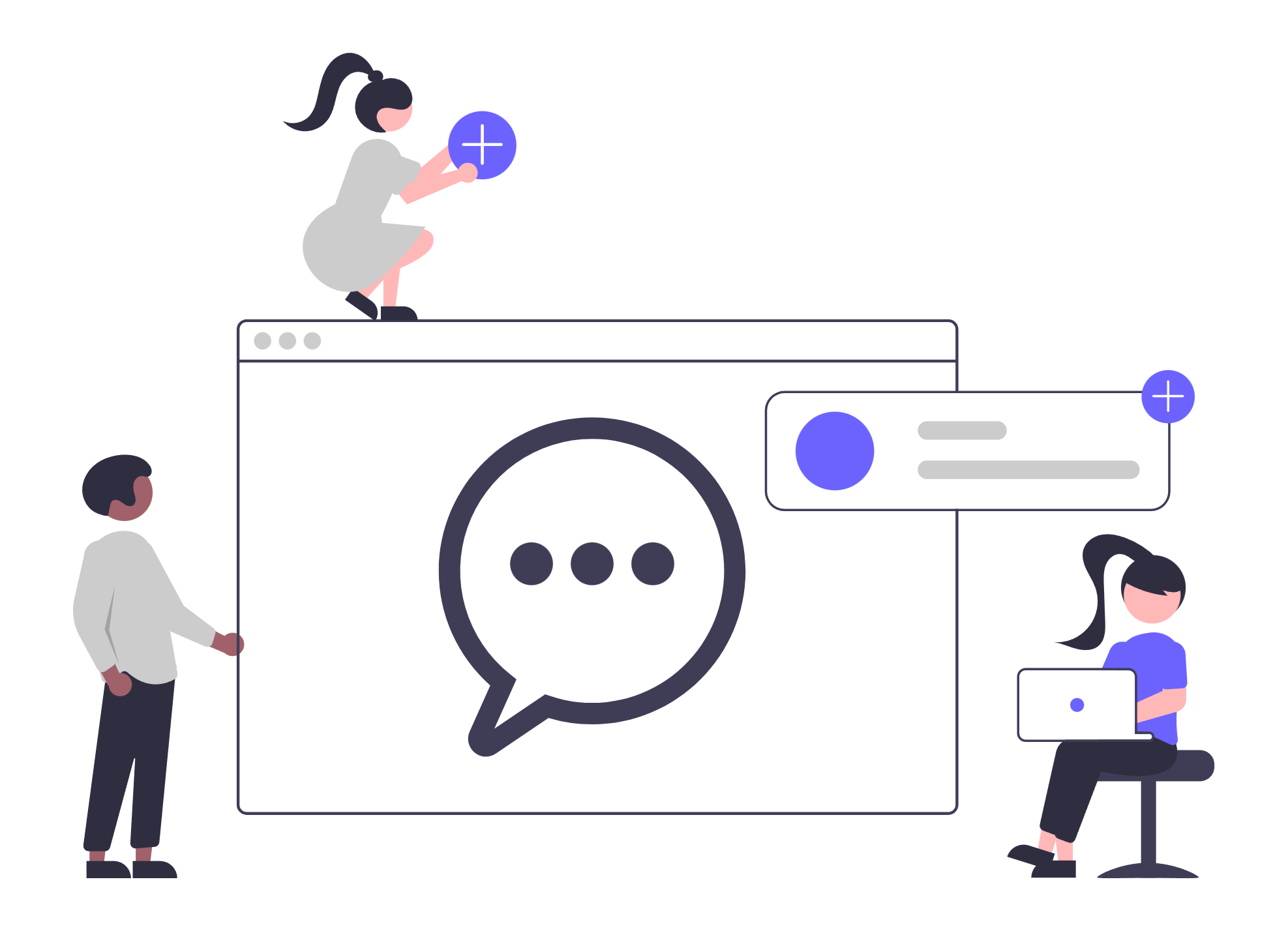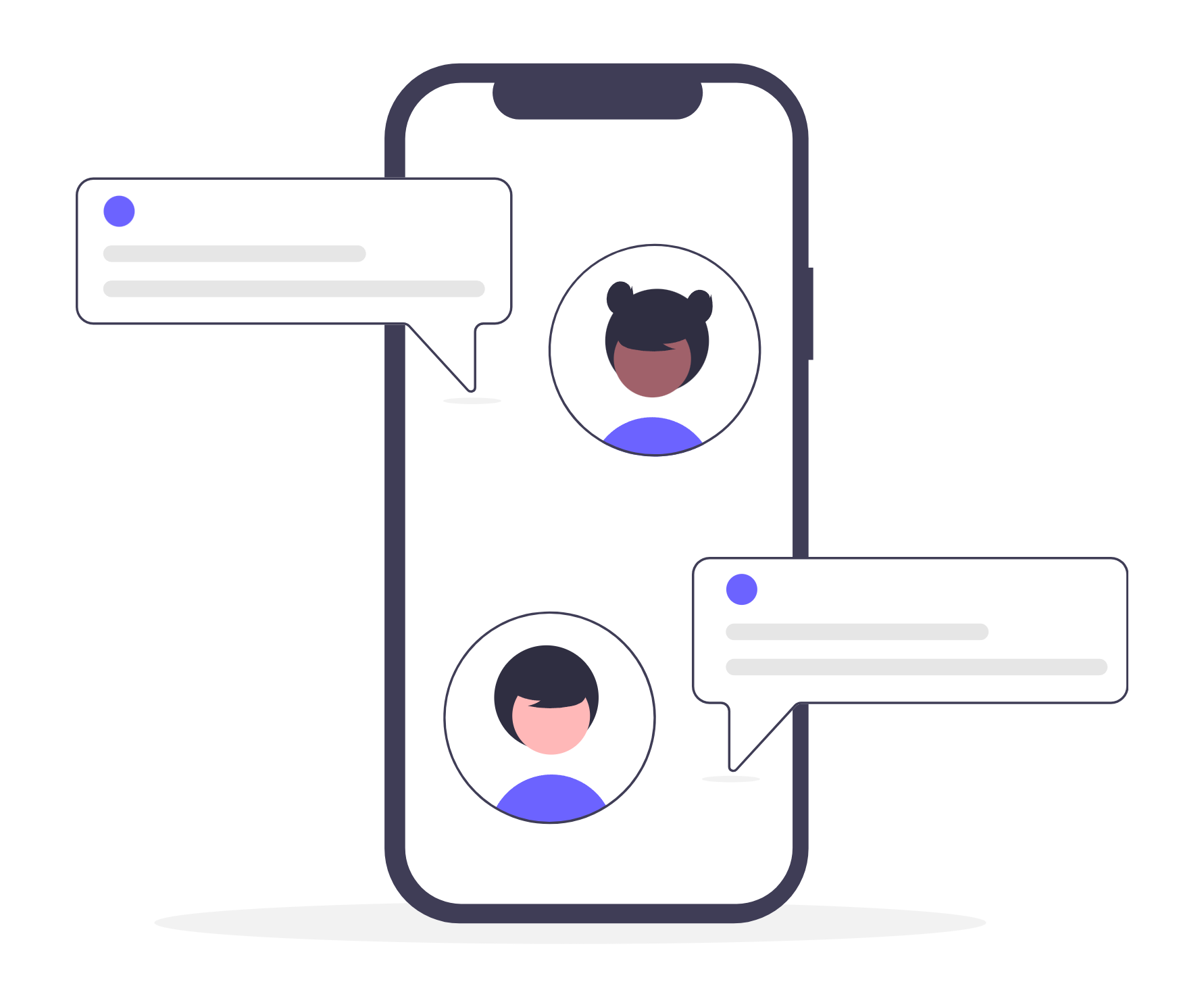Education is undergoing an unprecedented transformation. With the evolution of technology, traditional teaching is being complemented and, in many cases, replaced by innovative solutions that meet the needs of an ever-changing world. Among these solutions, educational chatbots are emerging as one of the most powerful tools for personalizing teaching, adapting to the individual needs of students and transforming the learning experience.
In this article, we will explore the role of chatbots in the education of the future, highlighting how this technology is reshaping learning and offering a more personalized and efficient experience.
What are Educational Chatbots?
Chatbots are artificial intelligence programs designed to interact with users in natural language. In the educational context, these virtual assistants can answer questions, provide explanations, offer instant feedback, and even create personalized learning experiences based on each student’s progress and preferences.
By combining AI, machine learning and natural language processing, educational chatbots can act as virtual tutors, helping students learn autonomously and efficiently.
Benefits of Chatbots in Personalizing Education
1. Adapting to the Learning Pace
Each student learns at their own pace, and one of the biggest challenges of traditional learning is meeting individual needs in a classroom with multiple students. Chatbots solve this problem by providing personalized learning, adjusting the difficulty and content based on student responses and interactions.
For example, a chatbot can identify areas where a student is struggling and provide additional explanations or practical exercises to reinforce those points.
2. 24/7 Accessibility
Unlike human teachers, chatbots are available at all times. This means that students can access help and information whenever they need it, whether it’s late nights or weekends. This accessibility is crucial for students who don’t have constant educational support or who prefer to study at odd hours.
3. Instant Feedback
One of the biggest advantages of chatbots is their ability to provide immediate feedback. While a teacher might take time to grade a test or review an assignment, a chatbot can instantly analyze responses and offer suggestions for improvement. This immediate feedback helps students understand their mistakes and correct them in real time.
4. Anxiety Reduction
Many students are afraid to ask questions in class for fear of appearing uninformed. Chatbots eliminate this problem by allowing students to ask questions freely without judgment. This approach creates a safe environment for learning, encouraging curiosity and exploration.
5. Scalability
Chatbots can serve thousands of students simultaneously, something that would be impossible for a human teacher. This makes them a scalable and effective solution for institutions that want to expand access to education without compromising quality.
Examples of Chatbots in Education
1. E-learning platforms
Many e-learning platforms are integrating chatbots to improve the user experience. For example, a chatbot can help learners navigate the platform, find relevant courses, and track their progress.
2. Exam Preparation
Chatbots are also widely used in exam preparation applications. They can create mock tests, correct answers, and provide tips based on areas where the student needs to improve.
3. Virtual Assistants in Educational Institutions
Universities and schools are deploying chatbots as virtual assistants to answer common questions about admissions, academic calendars, and available resources. This not only improves the student experience but also reduces administrative burden.
4. Language Classes
Language-learning chatbots are helping millions of people practice their reading, writing, speaking, and listening skills. These bots provide immediate feedback and simulate real-world conversations to help improve fluency.
How to Implement Chatbots in Education?
1. Choose the Right Platform
There are several tools and platforms for creating chatbots, such as ChatGPT, Flowise, or Watson Assistant. Choose a solution that meets your institution’s needs and is easy to integrate into your existing environment.
2. Set Clear Goals
Before implementing a chatbot, it’s essential to define what it’s intended to achieve. Will it be used for administrative support, learning reinforcement, or exam preparation? Having clear goals will help guide development and measure success.
3. Train the Chatbot with Relevant Content
Make sure the chatbot is trained with accurate and relevant materials. This ensures that the answers are useful and reliable for students.
4. Monitor and Improve
Even after launch, it’s important to monitor your chatbot’s performance and gather feedback from users. Use this data to make ongoing adjustments and improvements.
Challenges in Implementing Educational Chatbots
While chatbots offer numerous advantages, they also face challenges, such as:
- Content Limitations: A chatbot is only as good as the data it was trained on. If the data is incomplete or out of date, the user experience will suffer.
- Resistance to Change: Teachers and students may initially resist the use of chatbots, especially in more traditional contexts.
- Privacy Issues: Ensuring that student data is protected is essential to avoid legal and ethical issues.
The Future of Chatbots in Education
The future of chatbots in education is bright. As artificial intelligence continues to advance, these virtual assistants are becoming more sophisticated and effective. Technologies such as adaptive learning, augmented reality, and mobile device integration promise to make chatbots even more useful and accessible.
In the future, we can expect chatbots that not only answer questions but also provide personalized recommendations based on big data, creating a fully integrated and results-oriented educational ecosystem.
Additionally, combining chatbots with other learning tools, such as e-learning platforms and learning management systems (LMS), will enable schools, universities and businesses to create more effective and inclusive learning experiences.
In short, chatbots are a key part of the digital transformation of education. They help democratize access to knowledge, making learning more personalized, accessible, and scalable. As technology evolves, the impact of chatbots on education will only grow, making the teaching of the future more efficient and connected to the needs of students and educators.






